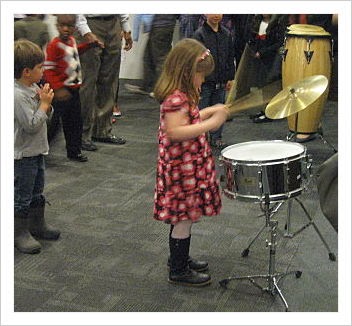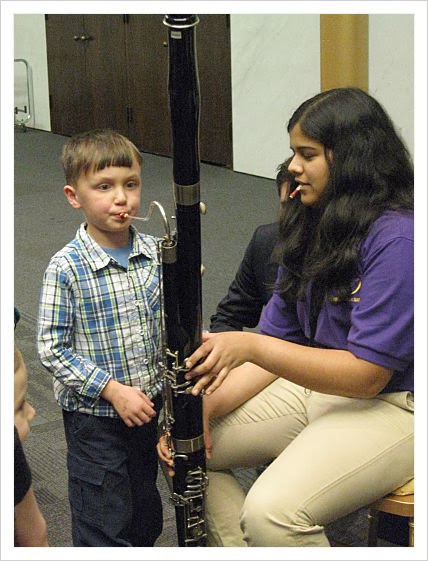At the annual meeting of the American Guild of Organists in 2010, Ms. Lee placed first and won the audience prize in the National Young Artists' Competition. She is a world virtuoso, playing in arenas in the U.S., Europe, Canada, and Asia.
Currently, she is the associate director of music at Christ Church, Episcopal in Charlotte, N.C. Ms. Lee is a native of South Korea, and holds graduate degrees from Yonsei University and Yale's Institute of Sacred Music, and is working on her doctorate at Indiana University. Her first recording on the Pro Organo label in 2011 featured 20th century music.
St. John's hosts First Wednesday concerts every month from October through June, however, last week's Ash Wednesday services changed this month's presentation to March 12.
The church is known to many Washington residents and visitors as the welcoming yellow church at Lafayette Square, the “Church of the Presidents.” President James Madison, who served as president from 1809 to 1817, began a tradition for all presidents who have either attended or joined St. John's. A plaque at the rear of the church designates the Lincoln Pew where President Abraham Lincoln often sat when he stopped by St. John's during the Civil War.
Other St. John's First Wednesday concerts, all starting at 12:10 p.m., are:
April 2: The U.S. Air Force Strings conducted by 2nd Lt. Shanti Nolan, with Michael Lodico, organist, performing Francis Poulenc's Organ Concerto
May 7: Easter music for trumpet and organ with A. Scott Wood and Benjamin Hutto
June 4: Organist Alan Morrison
************************************************************
May 7: Easter music for trumpet and organ with A. Scott Wood and Benjamin Hutto
June 4: Organist Alan Morrison
Who on March 12: Dongho Lee, organist
What: First Wednesday Concerts (the second Wednesday in March)
When: 12:10 p.m., March 12, 2014
Where: St. John’s, Lafayette Square, 1525 H Street, NW, at the corner of 16th and H, Washington, D.C. 20005
How much: No charge
Duration: About 35 minutes
Wheelchair accessible
Metro stations: McPherson Square, Farragut North, or Farragut West
When: 12:10 p.m., March 12, 2014
Where: St. John’s, Lafayette Square, 1525 H Street, NW, at the corner of 16th and H, Washington, D.C. 20005
How much: No charge
Duration: About 35 minutes
Wheelchair accessible
Metro stations: McPherson Square, Farragut North, or Farragut West
Food trucks: Located two blocks away at Farragut Square
For more information: Contact Michael Lodico at 202-270-6265, Michael.Lodico@stjohns-dc.org.


patricialesli@gmail.com
patricialesli@gmail.com




















.jpg)

 "
"


 C
C








